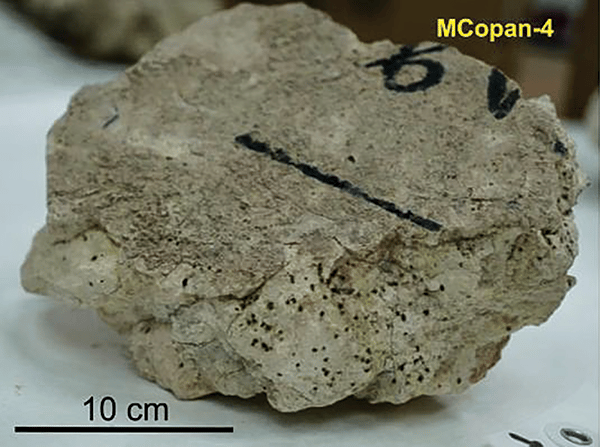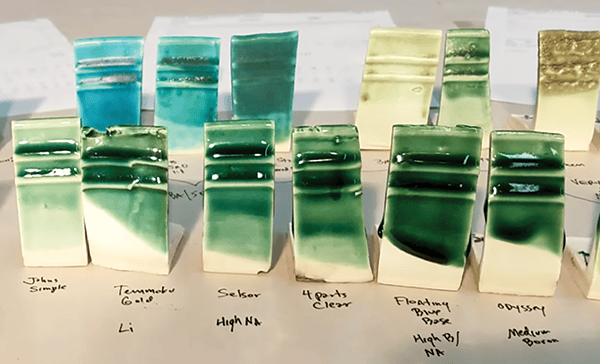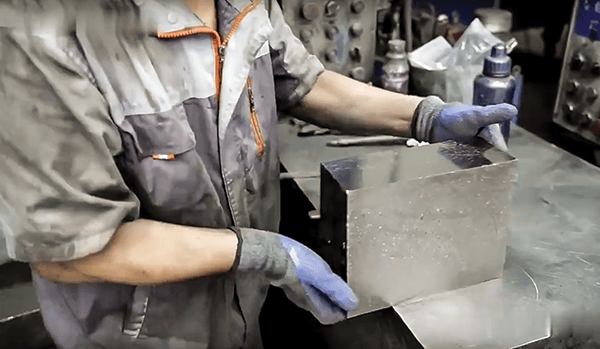departments
CERAMICS IN BIOMEDICINE
CERAMICS IN MANUFACTURING
Research News
Scientists trap light inside a magnet
Researchers at City College of New York showed that trapping light inside magnetic materials may dramatically enhance their intrinsic properties. The properties of a layered magnet that hosts strongly bound excitons, i.e., quasiparticles with particularly strong optical interactions, means it is capable of trapping light all by itself. As the recent experiments show, the optical responses of this material to magnetic phenomena are orders of magnitude stronger than those in typical magnets. That is because the light bounces back and forth inside the magnet, enhancing the interactions. Visit the website for more information.
Coffee offers performance boost for concrete
RMIT University researchers developed a technique to make concrete 30% stronger by replacing a portion of the sand with waste coffee grounds that were turned into biochar using a low-energy process without oxygen at 350°C. The inspiration for their work was to find an innovative way of using the large amounts of coffee waste that Australia generates each year, about 75 million kilograms. The researchers plan to develop practical implementation strategies and work toward field trials. Visit the website for more information.
First ‘ghost particle’ image of Milky Way
From visible starlight to radio waves, the Milky Way galaxy has long been observed through the various frequencies of electromagnetic radiation it emits. Now, researchers have obtained the first-ever neutrino-based image of the Milky Way using the U.S. National Science Foundation-supported IceCube Neutrino Observatory in Antarctica. Drexel University physicist Naoko Kurahashi Neilson proposed the innovative computational analysis used to generate the image and received funding to pursue her idea through a grant from NSF’s Faculty Early Career Development program. Visit the website for more information.




